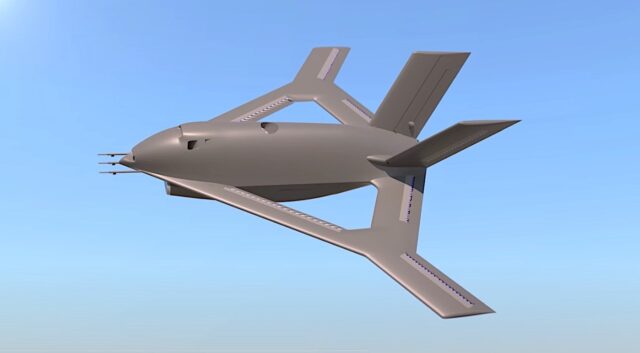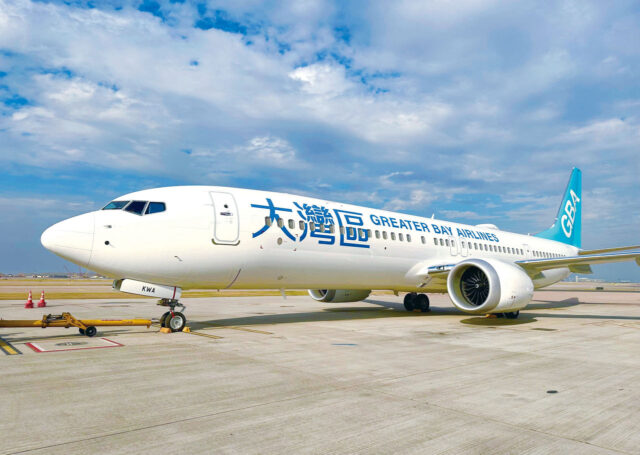Lost luggage? Here’s where airlines are most likely to lose your bag, and how they plan to fix it

June 12, 2025

Last year saw a record number of air travellers as 5.3 billion passengers took to the skies. But despite these historically high numbers of flyers, airlines are losing fewer bags.
SITA’s annual Baggage Insights report identified 33.4 million mishandled bags across 2024, down from 36.7 million the year before.
While this is still a significant number, it’s a much lower proportion of the bags that were flown. The mishandling rate now stands at 6.3 bags per 1,000 passengers, an improvement on 2023’s rate of 6.9 bags per 1,000.

Of the bags that were lost, 66% were recovered within 48 hours, as technological innovations make it easier to reunite bag and customer.
Airlines in Europe are most likely to lose your bag
Although the global rate decreased year on year, there were some stark regional variations identified.
Least likely to lose a bag are airlines in Asia. Their mishandling rate stands at 3.1 per 1,000 passengers, and has been stable at around that level for some years.
Both North and South America mishandled fewer bags than the global average, at 5.5 per 1,000, while the Middle East and Africa came in at 6.02. South America, in particular, has made almost a 15% improvement since 2023.
But the region most likely to lose your airline bag is Europe, by quite some margin. European airlines mishandled 12.3 bags per 1,000 passengers, by far the worst in the world.

However, SITA’s data suggests things are improving; in 2022, European airlines mishandled 15.7 bags per 1,000 passengers.
How are airlines reducing lost luggage?
Although recent years have been marked by pandemic disruption, taking a broader look at the baggage handling industry reveals significant change.
In 2007, the mishandling rate was 18.9 bags per 1,000 passengers. Getting it down to 6.3 in 2024 represents a 67% reduction in mishandling, and a win for the airline industry.
Nicole Hogg, Director of Baggage at SITA, agrees that some of the reduction is down to more passengers flying with hand luggage only. However, she notes that this isn’t the whole story, and that technology is driving substantial improvements in baggage handling.
“Airlines are investing in technology,” she explains. “There’s more automation, more digitalisation, and it’s all leading to a drop in mishandled baggage rates.”
When things do go wrong, SITA has invested in a novel solution to ensure the lost bag gets back to its owner. Its WorldTracer baggage tracking and recovery system, developed in partnership with IATA, stores and shares lost baggage reports across 2,800 airports and 500 airlines worldwide, providing real-time updates and marching lost bags to their owners.

The latest update of WorldTracer has integrated Apple’s AirTag technology to allow passengers to share the location of their tagged luggage with their airline. By bridging the gap between consumer tracking and airline systems, this promises faster location and recovery of bags.
“In a world where people can track their pizza from the restaurant to their door, or their Uber driver in a strange city, people are starting to expect to know where their bags are at all times,” Hogg says.
Using WordTracer, airlines have been able to reunite 66% of lost bags with their owners within 48 hours.
The AI future of baggage handling
When it comes to pain points, baggage ranks highly with passengers.
SITA’s recent Passenger Insights report showed that, after security and immigration, baggage was the third most frustrating element of air travel.
“Airlines are starting to realise this and are investing to make tracking more transparent,” says Hogg. “Airlines are already tracking the bags, now they need to proactively provide that information to the customer.”
While AirTags and cheaper alternatives are a workable way for passengers to keep an eye on their luggage, the industry is working to develop a solution that everyone can use.

“Over the next 18 months, you’ll see more global tracking, more real-time information,” Hogg notes. “Some airlines are already using electronic bag tags, and some luggage manufacturers are even building trackers into the bags.”
Longer term, the industry is exploring elements of computer vision and AI, which could herald the era of a tagless bag. SITA is developing technology that uses photographs of the bag and passenger, passed through AI algorithms to match them up.
“We’re also using that technology to tackle fraudulent claims regarding damaged bags,” Hogg explains. “Fraudulent claims are costly to the airline industry, so we hope to drive that down.”
Also being explored are systems where AI can scan the luggage of passengers waiting in gate queues and match them with available space in the overhead locker, reducing unexpected gate checks and passengers blocking the aisle due to lack of bin space.
The improvements airlines have made to tackle lost luggage are significant. But with the promise of AI in the industry’s future, the mishandle rate is certain to further reduce in the coming years.
















